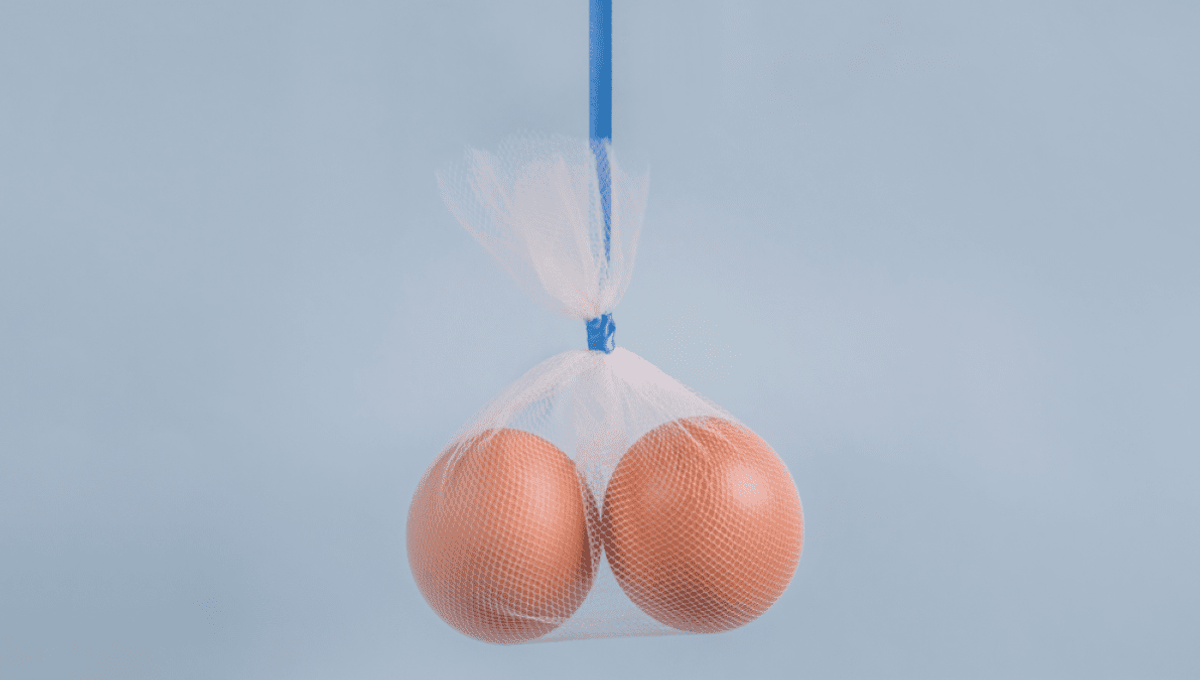Did you know there are many ways to prevent pregnancy after sex? One method is a vasectomy, a surgical procedure that blocks the release of sperm during ejaculation. But have you ever wondered where the sperm goes after a vasectomy?
The answer lies in the resourceful physiology of the testicle, an organ that shares similarities with the brain. It acts as a recycling plant for sperm.
Sperm cells are produced by stem cells in tiny structures called seminiferous tubules. Each testis can have around 900 of these tubules, each with a wall and a central space called a lumen.
After the stem cells create a sperm cell through a process called spermatogenesis, it takes about 65-75 days for the sperm to mature in the wall of the seminiferous tubule. Once mature, it moves into the epididymis.
The epididymis is a long tube where sperm cells become fully mature and perfect their swimming skills. From there, they move into the vas deferens, the ejector tunnel of the testis.
The vas deferens connects the testis to the urethra, allowing sperm to exit the body during ejaculation. This journey is aided by secretions from the prostate gland and seminal vesicles, creating a motile fluid.
What happens in a vasectomy?
A vasectomy involves blocking off the vas deferens, the pathway for sperm to join the semen and leave the body. After about 12 weeks, all sperm should be cleared from this tube, resulting in future ejaculations consisting of sterile fluid.
Someone who has had a vasectomy may not notice any changes in their semen, as the missing sperm cells are incredibly small.
Where does sperm go after vasectomy?
After a vasectomy, sperm that is not ejaculated can be broken down and reabsorbed by the testicles. This process ensures that only healthy sperm leaves the body, ready for a potential race to the egg.
This process is also why the term “blue balls” has nothing to do with sperm. The testicles can produce an incredible amount of sperm, but any unused sperm is broken down and removed, preventing an overload.
While the testicles won’t swell from a sperm overload, the other secretions that make up semen can build up, causing discomfort if sexual arousal doesn’t result in ejaculation. However, this condition can be easily resolved.
[H/T: Science Focus]








